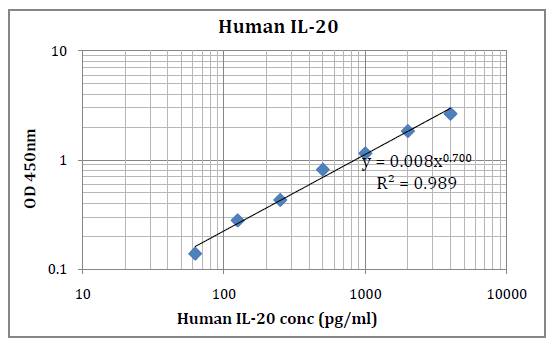Recombinant Mouse Mgl2/CD301b(N-6His)
Shipping Info:
For estimated delivery dates, please contact us at support@abeomics.com
| Amount : | 50 µg |
| Content : | Lyophilized from a 0.2 µm filtered solution of PBS,pH7.4. |
| AA sequence : | Recombinant Mouse Macrophage galactose N-acetyl-galactosamine-specific lectin 2 is produced by our Mammalian expression system and the target gene encoding Ser72-Pro232 is expressed with a 6His tag at the N-terminus. |
| Alternative Name : | Mgl2;CD301b;Macrophage galactose N-acetyl-galactosamine-specific lectin 2;Macrophage Galactose-type C-lectin 2 |
Source : Human Cells;
Macrophage galactose N-acetyl-galactosamine-specific lectin 2(Mgl2), also known as CD301b, is a 38 kDa member that belongs to the C-type lectin family. Two MGL proteins are encoded by separate genes in the mouse, but share 91% amino acid (aa) identity in the extracellular domain (ECD). Only one MGL occurs in human and rat and this MGL is structurally more similar to mouse MGL1 than MGL2. However, human MGL and mouse MGL2 both bind specifically to terminal GalNAc residues, in contrast with mouse MGL1 which binds Lewis X. GalNAc recognition is likely to be important in dendritic cell-mediated tolerance to self-gangliosides as well as recognition of tumor antigens and parasite glycoproteins.
Macrophage galactose N-acetyl-galactosamine-specific lectin 2(Mgl2), also known as CD301b, is a 38 kDa member that belongs to the C-type lectin family. Two MGL proteins are encoded by separate genes in the mouse, but share 91% amino acid (aa) identity in the extracellular domain (ECD). Only one MGL occurs in human and rat and this MGL is structurally more similar to mouse MGL1 than MGL2. However, human MGL and mouse MGL2 both bind specifically to terminal GalNAc residues, in contrast with mouse MGL1 which binds Lewis X. GalNAc recognition is likely to be important in dendritic cell-mediated tolerance to self-gangliosides as well as recognition of tumor antigens and parasite glycoproteins.
|
There are currently no product reviews
|

















.png)








